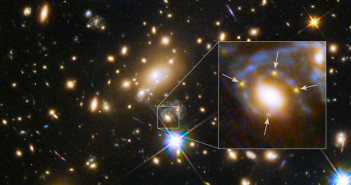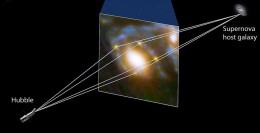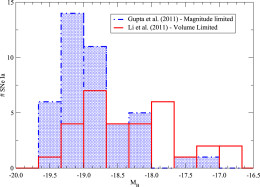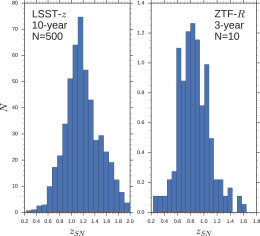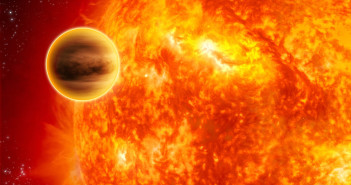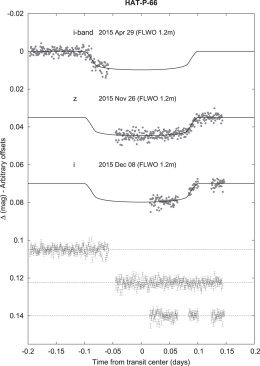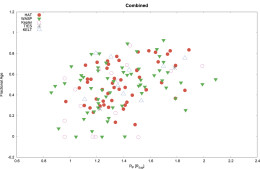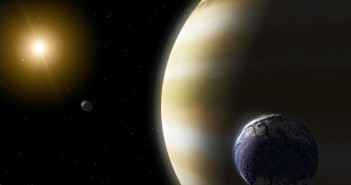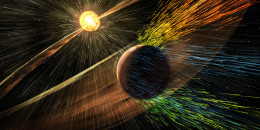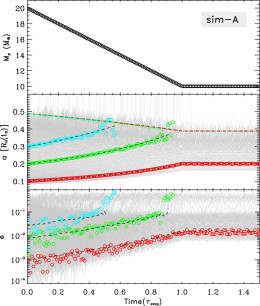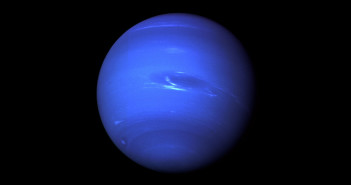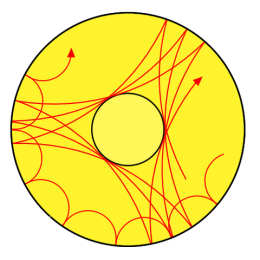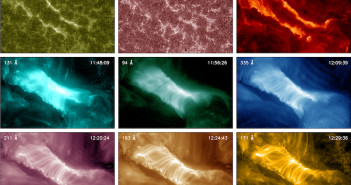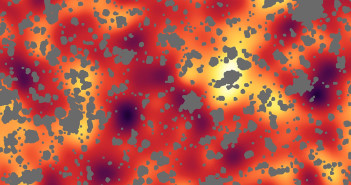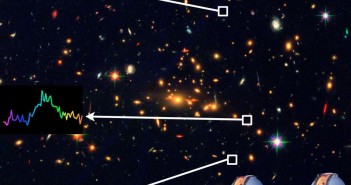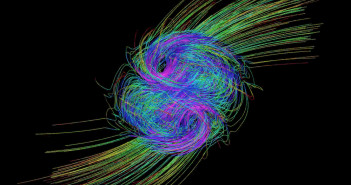
Destruction of a Magnetized Star
What happens when a magnetized star is torn apart by the tidal forces of a supermassive black hole, in a violent process known as a tidal disruption event? Two scientists have broken new ground by simulating the disruption of stars with magnetic fields for the first time.

The magnetic field configuration during a simulation of the partial disruption of a star. Top left: pre-disruption star. Bottom left: matter begins to re-accrete onto the surviving core after the partial disruption. Right: vortices form in the core as high-angular-momentum debris continues to accrete, winding up and amplifying the field. [Adapted from Guillochon & McCourt 2017]
What About Magnetic Fields?
Magnetic fields are expected to exist in the majority of stars. Though these fields don’t dominate the energy budget of a star — the magnetic pressure is a million times weaker than the gas pressure in the Sun’s interior, for example — they are the drivers of interesting activity, like the prominences and flares of our Sun.
Given this, we can wonder what role stars’ magnetic fields might play when the stars are torn apart in tidal disruption events. Do the fields change what we observe? Are they dispersed during the disruption, or can they be amplified? Might they even be responsible for launching jets of matter from the black hole after the disruption?
Star vs. Black Hole
In a recent study, James Guillochon (Harvard-Smithsonian Center for Astrophysics) and Michael McCourt (Hubble Fellow at UC Santa Barbara) have tackled these questions by performing the first simulations of tidal disruptions of stars that include magnetic fields.
In their simulations, Guillochon and McCourt evolve a solar-mass star that passes close to a million-solar-mass black hole. Their simulations explore different magnetic field configurations for the star, and they consider both what happens when the star barely grazes the black hole and is only partially disrupted, as well as what happens when the black hole tears the star apart completely.
Amplifying Encounters
For stars that survive their encounter with the black hole, Guillochon and McCourt find that the process of partial disruption and re-accretion can amplify the magnetic field of the star by up to a factor of 20. Repeated encounters of the star with the black hole could amplify the field even more.
The authors suggest an interesting implication of this idea: a population of highly magnetized stars may have formed in our own galactic center, resulting from their encounters with the supermassive black hole Sgr A*.
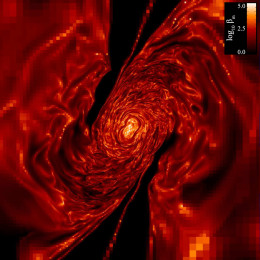
A turbulent magnetic field forms after a partial stellar disruption and re-accretion of the tidal tails. [Adapted from Guillochon & McCourt 2017]
Effects in Destruction
For stars that are completely shredded and form a tidal stream after their encounter with the black hole, the authors find that the magnetic field geometry straightens within the stream of debris. There, the pressure of the magnetic field eventually dominates over the gas pressure and self-gravity.
Guillochon and McCourt find that the field’s new configuration isn’t ideal for powering jets from the black hole — but it is strong enough to influence how the stream interacts with itself and its surrounding environment, likely affecting what we can expect to see from these short-lived events.
These simulations have clearly demonstrated the need to further explore the role of magnetic fields in the disruptions of stars by black holes.
Bonus
Check out the full (brief) video from one of the simulations by Guillochon and McCourt (be sure to watch it in high-res!). It reveals the evolution of a star’s magnetic field configuration as the star is partially disrupted by the forces of a supermassive black hole and then re-accretes.
Citation
James Guillochon and Michael McCourt 2017 ApJL 834 L19. doi:10.3847/2041-8213/834/2/L19

